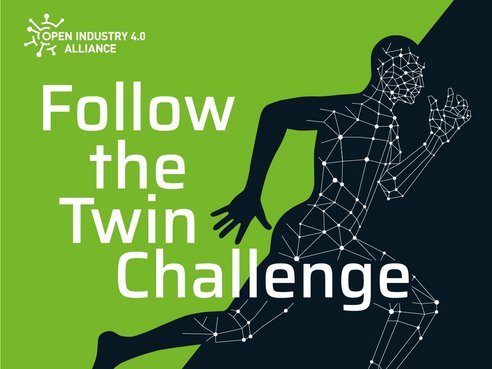“Follow The Twin” Challenge
at SPS 2023 was a success!
Looking forward to Hannover Messe 2024!
About the implementation
All participating partners have committed to providing product information in the same standard, both in terms of content and provisioning. Through this project, an environment has been established where data is provided according to the AAS standard and is also structured according to standardized submodels. This gives the user a unique opportunity to gather the necessary supplier data for their processes, from engineering to operation, across different independent vendors in an equally straightforward manner.
Technical benefits:
| Business benefits:
|
The daily jackpot at SPS 2023 was a gift-package worth 650€ plus two IIoT / Digitalization workshop offerings as well as a time-limited access to the digital twin platform that powered this challenge! Right now we are discussing what will be the jackpot for the Hannover Messe 2024 ;)
Participating companies at SPS 2023
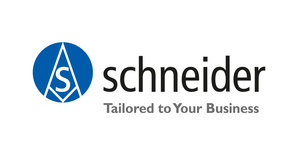
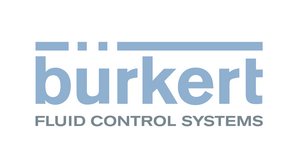
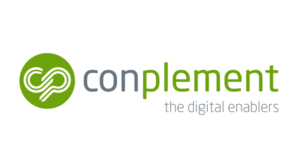
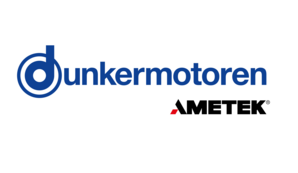

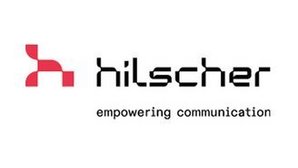

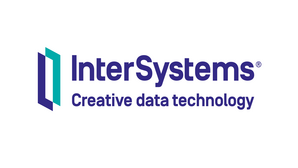
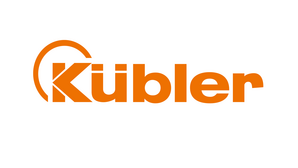
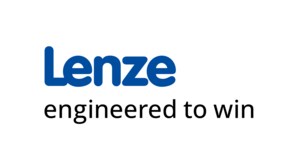
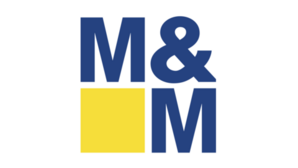
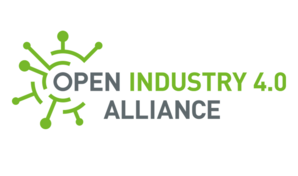
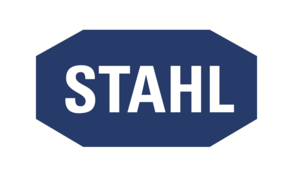
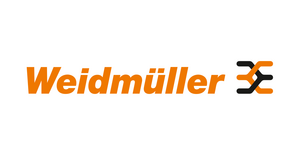



How to participate
More information will come before the Hannover Messe 2024. Stay tuned!
Insights
Why the digital twin/ AAS should be interoperable?
- Efficient Data Exchange: One of the primary purposes of ensuring interoperability between the Digital Twin and AAS is to facilitate a standardized and efficient exchange of data across different stages of production. This standard-conformant data exchange is particularly beneficial in engineering sectors, where various stakeholders like manufacturers, suppliers, and customers are involved. Through the defined AAS standard, digital twins can be exchanged efficiently among different partners, thereby enhancing the process of engineering.
- Industry 4.0 Alignment: The interoperability aligns well with the objectives of Industry 4.0, which advocates for enhanced connectivity, standardization, and data sharing among industrial assets. This interoperability is described as a pillar of the mission statement for Industry 4.0. By establishing a standardized digital representation (Digital Twin) via AAS, Industry 4.0's goals of creating an interoperable, sustainable, and sovereign industrial ecosystem are advanced.
- Manufacturer Interoperability: The AAS is instrumental in achieving manufacturer interoperability, meaning it enables the exchange of data between assets from different manufacturers. This is a significant advantage for manufacturers, suppliers, customers, and factories, as it simplifies cooperation and promotes a standardized representation of data. The interoperability thus facilitates better coordination among different stakeholders involved in the production ecosystem .
- Support for Autonomous Systems and AI: The Asset Administration Shell not only supports the exchange of data but also lays a digital and interoperable foundation for autonomous systems and Artificial Intelligence (AI). It does this by structuring data in a way that can be standardized, found, modeled, retrieved, and forwarded, covering the entire lifecycle of products, devices, machines, and facilities. This structured data handling is essential for realizing complex solutions and continuous value chains, which are core to the functioning of autonomous systems and AI in an industrial setup
- Implementation Challenges: The scope of implementation possibilities, use cases, and complexity in the production environment can be challenging, especially for small and medium-sized enterprises (SMEs), but also for larger companies. The interoperability between the Digital Twin and AAS helps in navigating these challenges by providing a structured approach towards implementing digital twins in a norm-compliant digital production
Interoperability between the Digital Twin and Asset Administration Shell is crucial for standardizing data exchange, aligning with Industry 4.0 objectives, facilitating manufacturer interoperability, supporting autonomous systems and AI, and navigating implementation challenges in the production environment.
What is the platform & What benefit does a multi-vendor platform provide?
The platform allows companies and consumers to participate in a data ecosystem in an easy and versatile manner. All information, such as needed for the digital product passport, can be provided along the the lifecycle of a product. Changes to product information can instantly be made available with events and push capabilities. Through this the digital twin can act as a single source of truth about product specifics in cross-company business scenarios.
How the conplement platform works?
Highly scalable provisioning of instance and type asset administration shells.
Interfaces for machine read and write access to the AAS, compliant with API specification V3.0 of IDTA.
Multi-tenancy with secure isolation of client data.
Event mechanism, for automatic reaction to changes in the data and push mechanism to publish new digital twins.
Collection and provision of access and usage data.
Submodels: Digital Nameplate / Handover Documentation / Technical Data / Contact Information / Hierarchical Structure for BoM / Product Carbon Footprint
